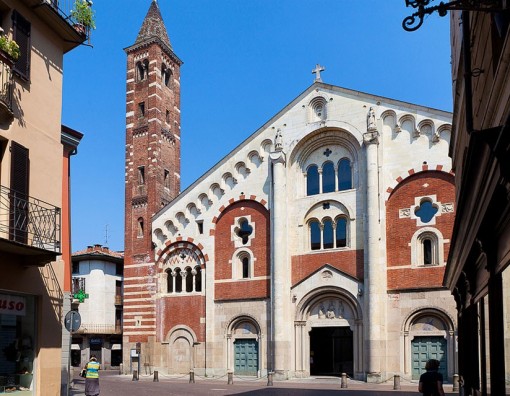Forte di Gavi
The town of Gavi, famous for its white wine, is a truly ancient place that existed even in neolithic times. Under the Romans, Gavium was an important village because it was positioned on the "link" road between the Via Postumia and the Via Emilia. At that time, there is already talk of a castle that allowed control of the pass that gave access to Monferrato and Lombardy from Genoa. The fall of the Roman empire led to a succession of dominating forces before it came under the control of the Genoese. There are definite records of the castle from the 12th century, it being first under the control of Barbarossa, then his son Enrico who passed it on to Genoa before it became the subject of bitter and violent disputes between Tortona, Genoa and Alessandria. Its imposing presence as a true fortress came about with the intervention of the military engineer Vincenzo Maculano, known as Fiurenzuolo, who was commissioned by the Republic of Genoa to increase the security and military potential of the castle in 1625. Its current configuration is as a five pointed star characterised by six bastions which jut out at sharp angles and are linked by walls. There are two internal zones: the “maschio” or top fort which contains the original building and the “Cittadella” or lower fort which is made up of the ‘newer’ construction work. The Maschio is a truly imposing piece of military architecture with its walls being built of square blocks. The Cittadella has two buildings, a chapel and a low building from which access is gained to an internal courtyard where two large tanks collect rainwater from the roofs. In the lower part of the fort there are other buildings which were used as warehouses, storerooms and powder magazine. The fort at Gavi was used in the second half of the 1800s and right up to 1907 as a prison, during the First World War for Austrian prisoners-of-war and during the Second World War initially for British prisoners-of-war and then by the Germans for Italian officers. Re-opening from 29 April 2021. Opening times and days: http://polomusealepiemonte.beniculturali.it/index.php/musei-e-luoghi-della-cultura/forte-di-gavi/visita-il-forte-di-gavi/
Information and contacts
via al Forte, 14 - 15066 Gavi (AL)
Telephone: +39 (0143) 643.554
E-mail: pm-pie.gavi@beniculturali.it
Link
http://polomusealepiemonte.beniculturali.it/index.php/musei-e-luoghi-della-cultura/forte-di-gavi/






